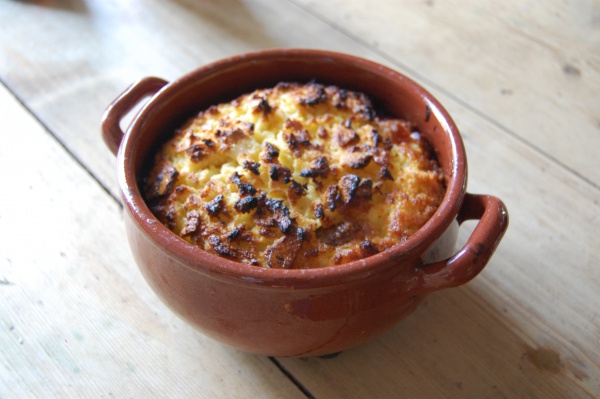Facts About Bakewell pudding
Bakewell pudding is a delightful English dessert featuring a flaky pastry base, a layer of smooth jam, and a rich filling made from eggs and almond paste. This delectable treat is believed to predate the more widely known "Bakewell tart" which only gained popularity in the 20th century. The earliest known recipe for Bakewell pudding appears in the 1847 edition of "The Cook and Housewife's Manual" by Margaret Dods, though some contend there was an earlier mention in 1826.
The pudding originates from the picturesque town of Bakewell in Derbyshire, England. A charming tale suggests that it was created by accident around 1820 by Mrs. Greaves, the landlady of the White Horse Inn. According to the story, the cook mistakenly spread an egg and almond paste mixture on top of the jam instead of mixing it into the pastry. This serendipitous mistake yielded a delicious result, quickly becoming a favorite at the inn. However, there are some historical inconsistencies in this account, as the White Horse Inn was actually demolished in 1803, and Eliza Acton had already published a recipe for Bakewell pudding by 1845.
Early recipes for Bakewell pudding can be found in various old cookbooks, such as "The Magazine of Domestic Economy" from 1836, Eliza Acton's "Modern Cookery for Private Families" from 1845, and Mrs. Beeton's renowned "Book of Household Management" from 1861. These recipes exhibit different ingredients and methods, showcasing the evolution of Bakewell pudding while cementing its place as a beloved dessert throughout the years.

 Ireland
Ireland